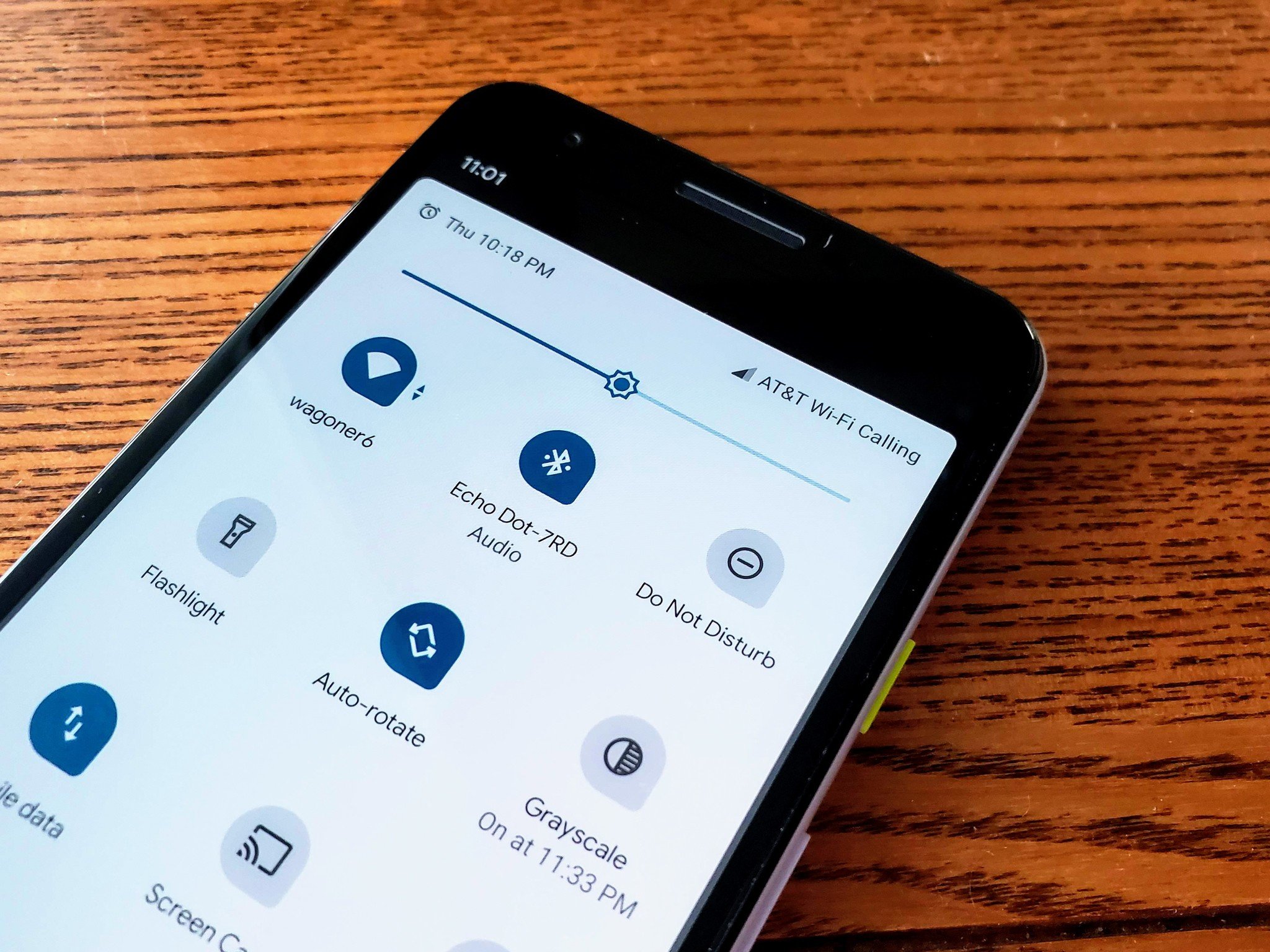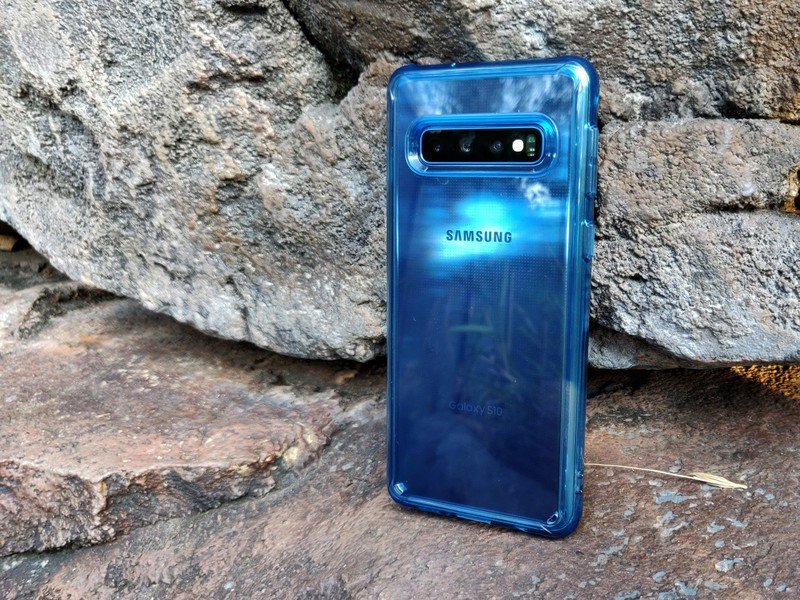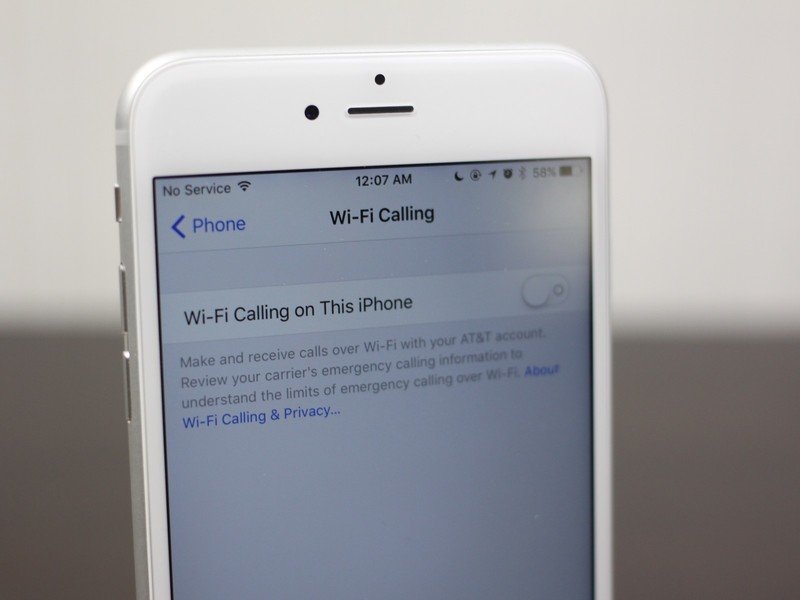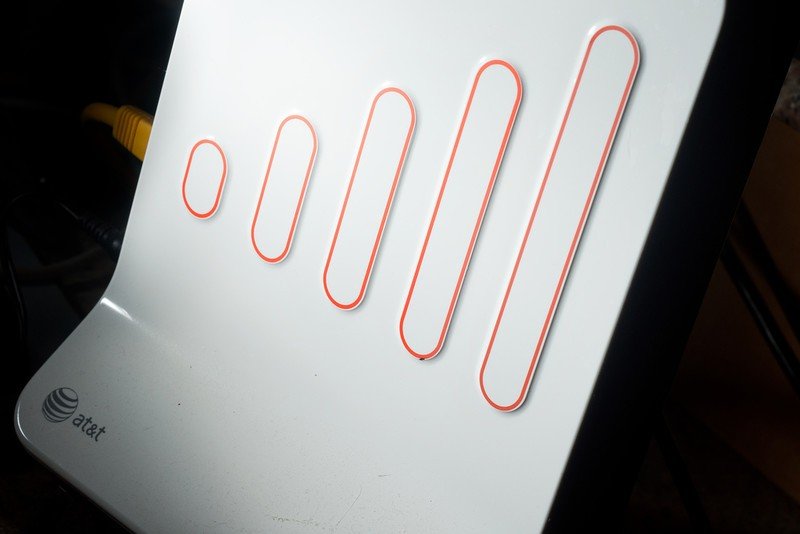Wi-Fi calling should be a standard Android feature

I did not expect to still be using the Google Pixel 3a. I thought I would transfer back to the Galaxy S10 when the 3a got added to the Android Q Beta in June, but here I am, still using a Beta phone as my daily driver. If I'm being perfectly honest, I'd like to go back to the S10. The bigger screen was nice for videos and games, and Wizards Unite doesn't yet work on Android Q.
But I'm not going back because of two simple facts: cell coverage at my apartment sucks, and the unlocked Google Pixel 3a supports AT&T Wi-Fi calling, which makes it a GD unicorn for me — and potentially for my whole family.
Wi-Fi calling is something that many users take for granted on their phones, especially if they have T-Mobile, which allows Wi-Fi calling on all of the phones they sell and many unlocked phones, too. Sprint and Verizon allow Wi-Fi calling on most phones, though the latter has feature hoops you have to jump through to be eligible for it. Then we have AT&T, who only allows Wi-Fi calling on 48 devices — that you have to buy directly from AT&T.

Bought an unlocked Samsung Galaxy S10? Even though the hardware is exactly the same, you won't be able to get Wi-Fi calling unless you go to the trouble of flashing the AT&T-specific build of the software (you probably shouldn't do that). I have used five unlocked cell phones in the last three years, including the S9+ and S10, and AT&T Wi-Fi calling has been blocked on all of them except the Pixel 3a.
Wi-Fi calling right now requires specialized software on most carriers, and five years ago, I would've accepted that excuse, cursed the technology gods for keeping this feature from me, and moved on with my life. Today, I look at Wi-Fi calling the same way we looked at Wi-Fi Hotspot and Tethering features: it's something that can and should be part of the basic Android operating system rather than needing users to jump through hoops rooting their phones — or paying overinflated costs for carrier-locked devices.

This sounds like a crazy idea, but only until we look across the aisle to our fruity neighbors. From the iPhone 5c and up, Wi-Fi calling is supported on most major carriers in the US and Canada, as well as carriers around the world. Wi-Fi calling settings are localized to one place on iPhones, as opposed to being shoved in one of five different places depending on your carrier and manufacturer.
Standardizing Wi-Fi calling and making it available to more devices isn't a frivolous request; it's a public safety feature. If you live in a house with a metal roof, think walls, or just straight up live in a dead spot, Wi-Fi calling is the only way to reliably call someone. My current apartment has shoddy signal in the living room and bedroom, and I can't get signal at all in the bathroom, which is the room I'd be hiding in during a tornado or a home invasion. Without Wi-Fi calling, I would have no reliable way to make calls during an emergency, which is why the Pixel 3a is my daily driver for the foreseeable future.
Get the latest news from Android Central, your trusted companion in the world of Android
Wi-Fi calling gives me peace of mind in a dead zone apartment.
My twin's new apartment has spotty reception, too, and after telling her Wi-Fi calling is working on the Pixel 3a, she's looking to buy one the next time it goes on sale. The AT&T Microcell at my parents' house has stopped working, and since those have been discontinued in favor of Wi-Fi calling, my parents might be forced to buy new phones just to keep getting calls in their own home. Or switch carriers, an idea which is gaining steam in their household.

Shifting the onus of support from individual models to carriers working with Google on the core Android system could help dramatically expand access to Wi-Fi calling, especially for the great and growing number of users who are buying unlocked phones that can follow them from carrier to carrier. It would be a challenge, but I'm more than confident that Google could work with carriers to pull this off.
After all, if Apple can do it, how hard can it be?
Ara Wagoner was a staff writer at Android Central. She themes phones and pokes YouTube Music with a stick. When she's not writing about cases, Chromebooks, or customization, she's wandering around Walt Disney World. If you see her without headphones, RUN. You can follow her on Twitter at @arawagco.

